Key Takeaways
- Choose frozen treats with low added sugar, fiber, and protein to help support blood sugar control without sacrificing flavor.
- Smart store-bought options include Greek yogurt bars, sugar-free popsicles, and frozen berries, all of which are lower in total carbohydrates and better for maintaining glucose balance.
- Watch portions, aiming for 15–20 grams of carbs per serving, and pair treats with protein or fat for more stable blood sugar levels.
{{mid-cta}}
No matter how old you are, summer undoubtedly means more fun, freedom, and frozen treats. While it’s great to let loose during the summer months and indulge a bit, you don’t want to get completely off track with your health goals. The summer heat can take a toll when you have a sweet tooth and blood sugar to manage.
The temptation is real, but so is the blood sugar spike that often follows. The good news is that with a little know-how and label-reading, you can satisfy cravings without sabotaging your glucose goals. In this article, we’ll break down the smartest store-bought swaps, treats to limit, and how to enjoy them with confidence.
What Makes a Frozen Treat Blood Sugar Friendly?
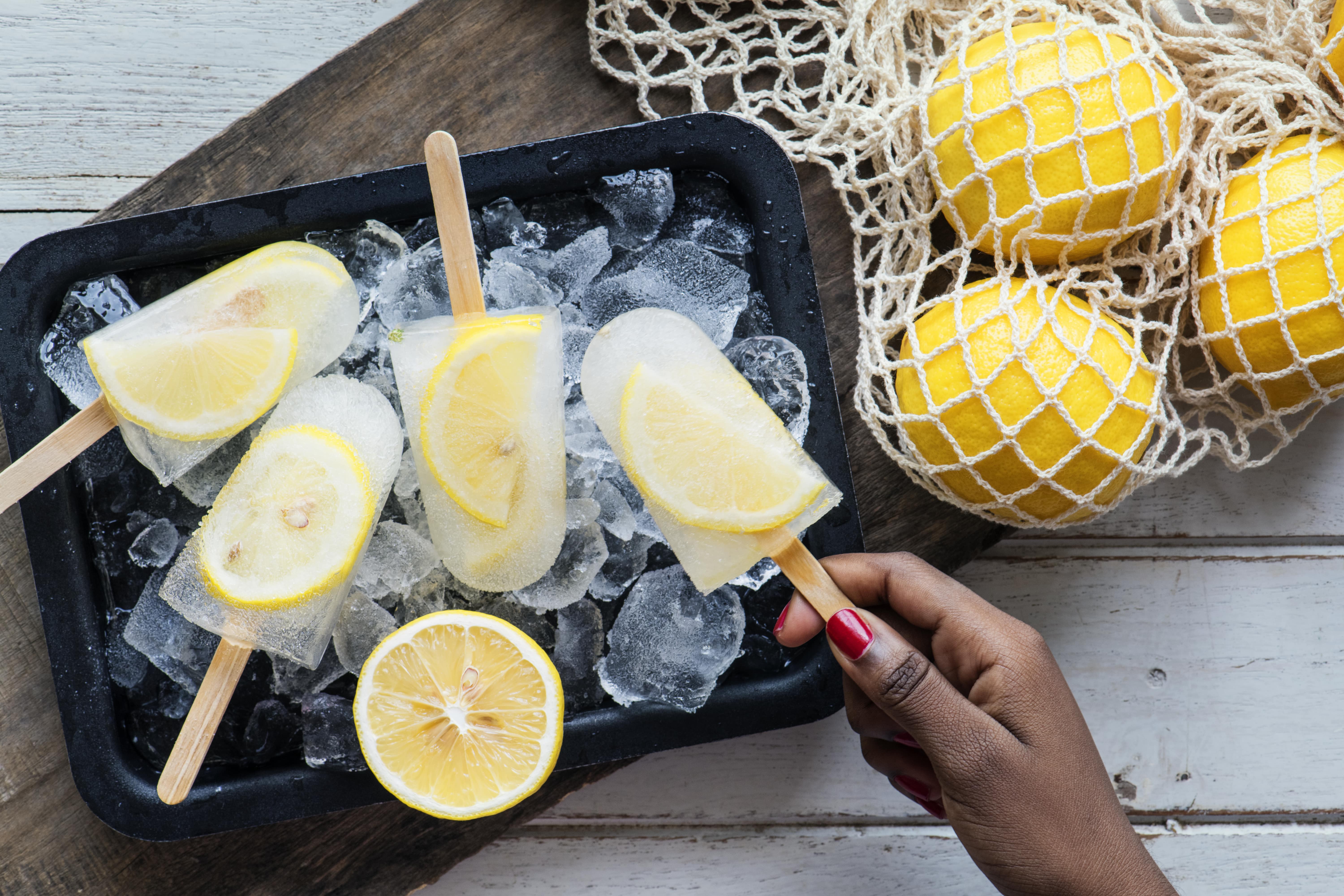
Not all frozen desserts are created equal. When it comes to blood sugar balance, here are the qualities to look for:
- Low added sugar: Added sugars cause rapid blood glucose spikes, contributing to weight gain and an increased risk of type 2 diabetes. Look for "no sugar added" or "sugar-free" labels and read the nutrition facts closely.1
- Moderate carbohydrates: Aim for 15 to 20 g of total carbohydrates per serving to stay in a diabetes-friendly range.
- Fiber and protein: These nutrients slow glucose absorption, helping to prevent sharp spikes.
- Healthy fats: A little fat, especially from whole food sources like peanut butter or avocado, can improve satiety and reduce post-snack cravings.
- Low-glycemic sweeteners: Stevia, erythritol, allulose, and monk fruit are better sugar substitutes for blood sugar control.
5 Top Frozen Treats That Won’t Spike Glucose
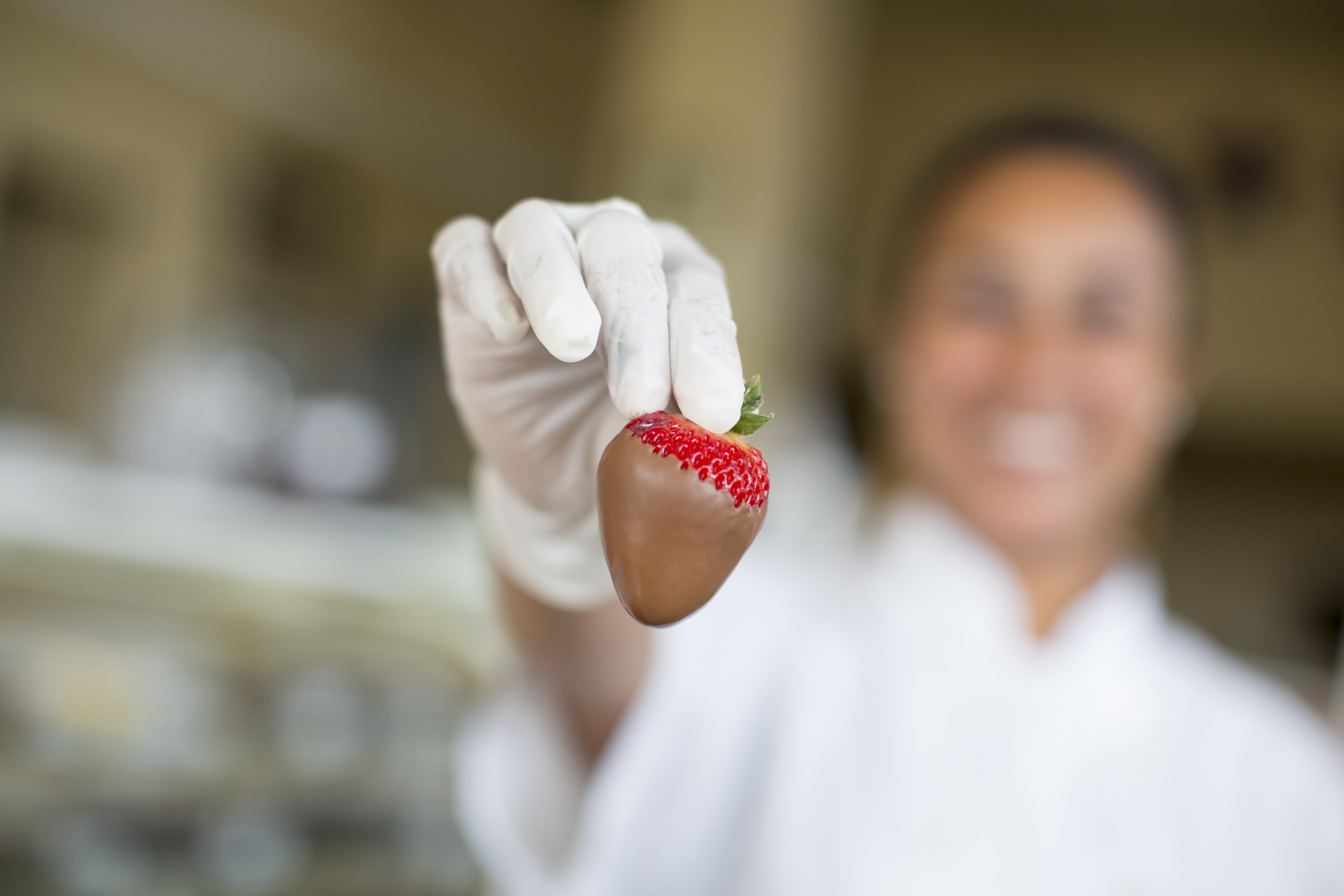
These options keep carbs and added sugar in check, without sacrificing flavor:
Sugar-Free or Low-Sugar Ice Creams
Brands like Halo Top, Enlightened, and Arctic Zero are lower in total carbohydrates and often high in protein. Many brands use sugar alcohols or stevia as alternatives to traditional sweeteners.
Example: One serving of Halo Top contains 8 grams of carbs, 6 grams of fiber, and 5 grams of protein, a great diabetes-friendly dessert option.
Greek Yogurt & Kefir-Based Treats
Greek yogurt pops and kefir frozen cups offer gut-healthy probiotics, protein, and less sugar than traditional frozen yogurt.
Pro tip: Look for varieties with 10g or less of added sugar and at least 6g of protein per serving.
Frozen Fruits & Berries
Strawberries, raspberries, blueberries, and cherries can satisfy your craving for something cold and sweet. They are naturally low in sugar and high in antioxidants and fiber.
Serving idea: Blend frozen berries with Greek yogurt and a splash of almond milk for a creamy, nutrient-rich smoothie bowl.
Low-Sugar Popsicles & Fruit Bars
Brands like GoodPop, Halo Top Fruit Pops, and sugar-free popsicles keep added sugar and calories to a minimum.
Pro tip: Look for bars with 40–60 calories, less than 7g of sugar, and 10g or less of total carbohydrates per bar.
Dark Chocolate-Covered Fruit
Products like Tru Fru Raspberries are perfect for chocolate lovers with only 7 grams of sugar per serving. You can make these treats at home by dipping frozen banana or strawberry slices in dark chocolate. It will give you antioxidants, fiber, and a satisfying sweet treat without the blood sugar crash.
Note: Stick to the serving size, typically 3 to 4 pieces, and pair with protein for best results.
4 Treats to Limit or Avoid
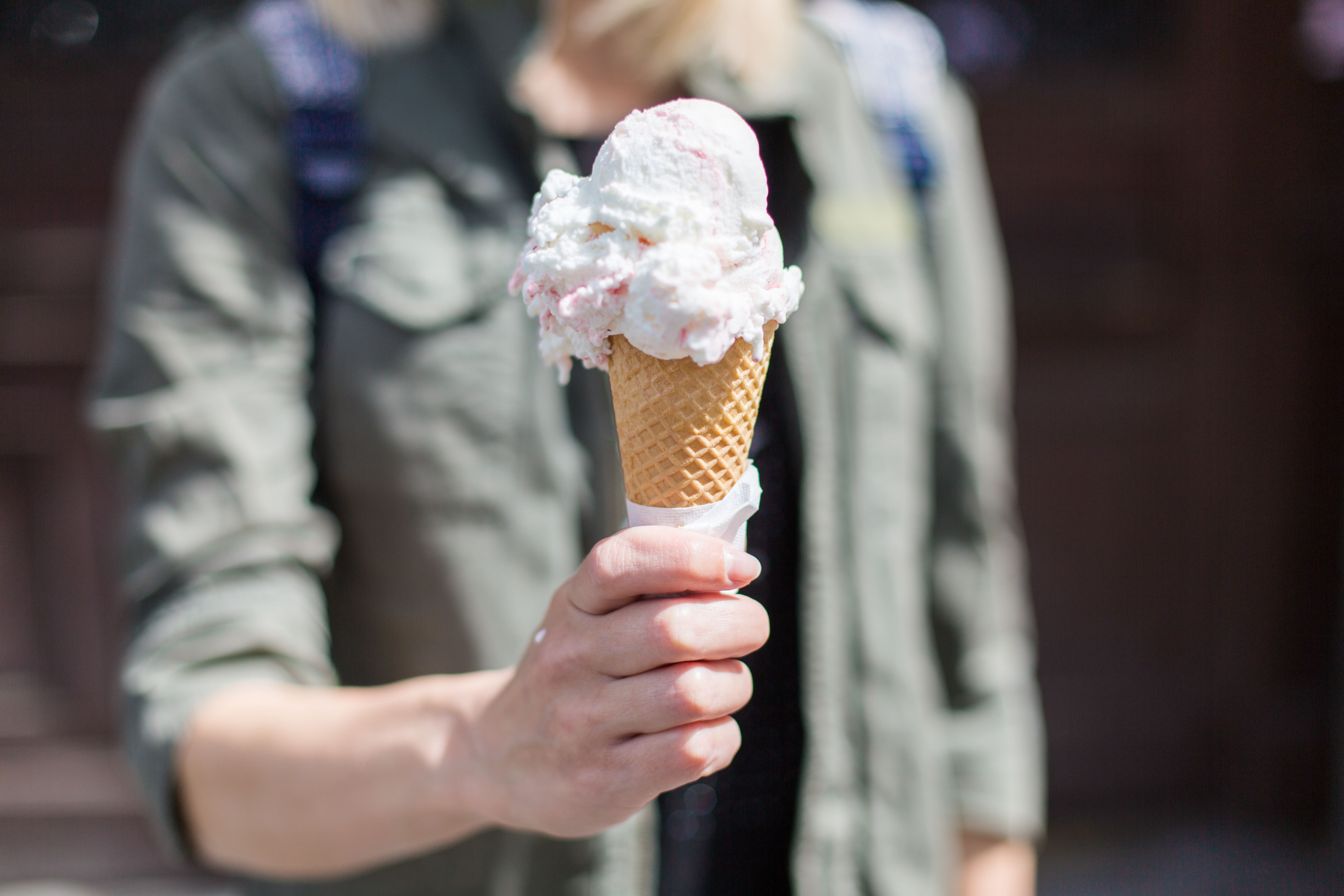
Frozen desserts may taste great, but they can lead to glucose rollercoasters and carb overload. Do your best to avoid the following:
Regular Ice Cream & Loaded Sundaes
Traditional ice cream is often high in added sugar, saturated fat, and total carbohydrates.
Problem: A single scoop can contain 20–40 grams of carbs, and a sundae quickly climbs to over 60 grams.
Sorbet & Sweetened Frozen Yogurt
Despite being dairy-free or fruit-forward, these treats are often packed with sugar.
Example: One cup of sorbet can contain over 35 g of sugar, with little to no protein or fiber to slow absorption and mitigate blood sugar spikes.
Frozen Slushies & Sweet Drinks
Slushies and syrup-based frozen beverages are high-carb and can cause sharp blood sugar rises, particularly in children.
Note: Some of these products contain no actual fruit and are loaded with artificial dyes and colors.
Fast-Food Cones, Shakes, and Novelty Bars
These types of frosty desserts can contain over 50g of carbs, with added syrups, sauces, and cookies.
Pro Tip: Keep it simple and avoid add-ins and excessive toppings.
Smart Swaps and Recipe Ideas
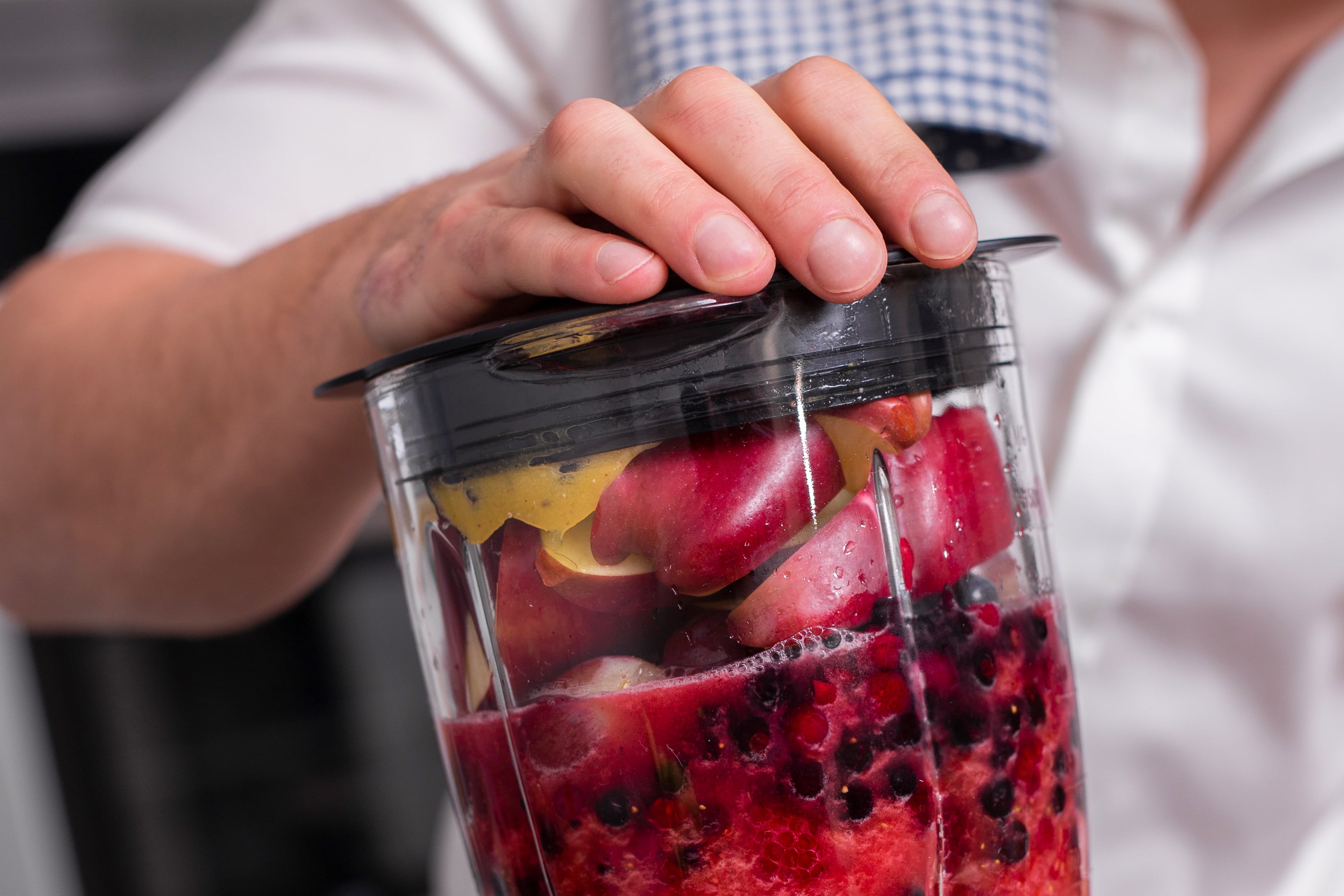
Want frozen treats without the metabolic baggage? Try these simple strategies:
- Mini Protein Bars: Halo Top Pops, Good Pop Squares, and Yasso bars offer portion control with added protein to support blood sugar control.
- DIY Nice Cream: Blend frozen bananas with cocoa, Greek yogurt, or peanut butter for a creamy treat that's naturally sweet.
- Dark Chocolate Chips + Frozen Fruit: Add a few dark chocolate chips to frozen raspberries or blueberries for a quick, crunchy, and satisfying snack.
- Low-GI Sweeteners: Make homemade popsicles using stevia, erythritol, or monk fruit as a substitute for table sugar.
- Smoothie Cubes: Freeze your favorite low-carb smoothies into ice cube molds for grab-and-go treats.
How to Monitor and Portion Treats
Enjoy your sweet treat, but do it mindfully:
- Watch your carbs: Keep desserts to under 20g of total carbohydrates per serving.
- Stick to serving sizes: Always check the nutrition label and measure portions when possible.
- Use CGMs or glucose meters: Everyone responds differently to food. Continuous glucose monitors (CGMs) help personalize your nutrition by ensuring you eat foods that support your health and wellness goals.
- Time it right: Consider saving frozen desserts for after a protein-rich meal to minimize spikes.
- Avoid late-night treats: Evening snacking may not only impact your sleep but also affect your fasting glucose levels the next morning.
The Bottom Line
Summer treats don’t have to derail your health and glucose goals. Whether you're managing type 2 diabetes, focusing on weight loss, or simply making better choices, the key is choosing low-sugar, low-glycemic, fiber- and protein-rich frozen desserts. Read the nutrition facts, aim for balanced portions, and use your blood sugar data to guide smarter choices.
Frozen fun? Absolutely. But with a little intention, it’s also frozen freedom.
Learn More With Signos’ Expert Advice
Signos combines cutting-edge research with the proven benefits of continuous glucose monitoring to help you reach your health goals. Not sure if Signos is right for you? Interested in learning more about nutrition and healthy eating habits? Check out more articles on the Signos blog.


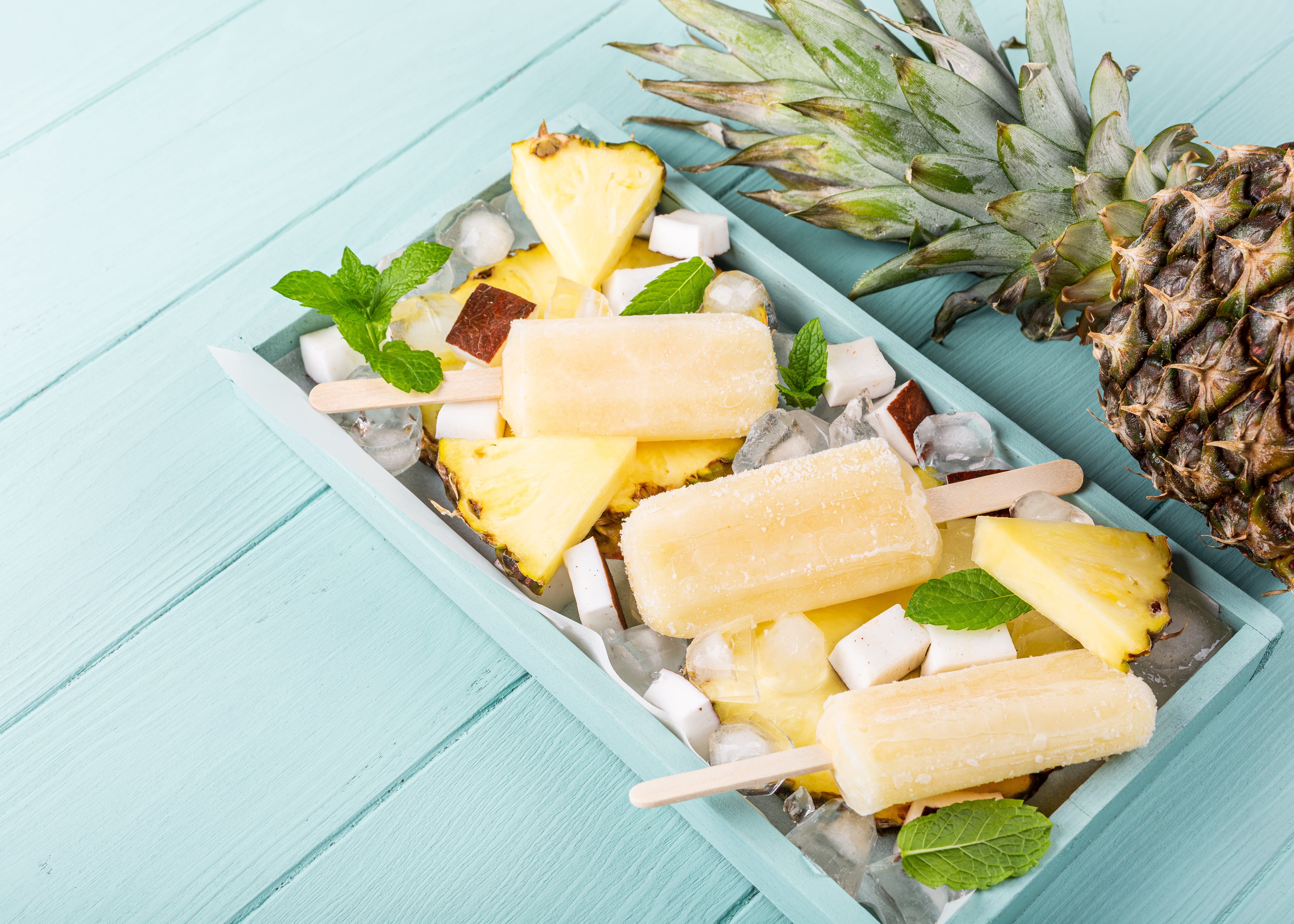

.svg)
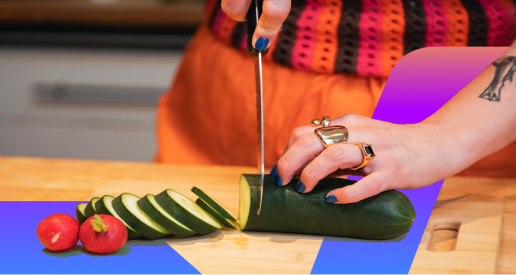









.svg)
.svg)
.svg)
.svg)
.svg)
.svg)
.svg)
